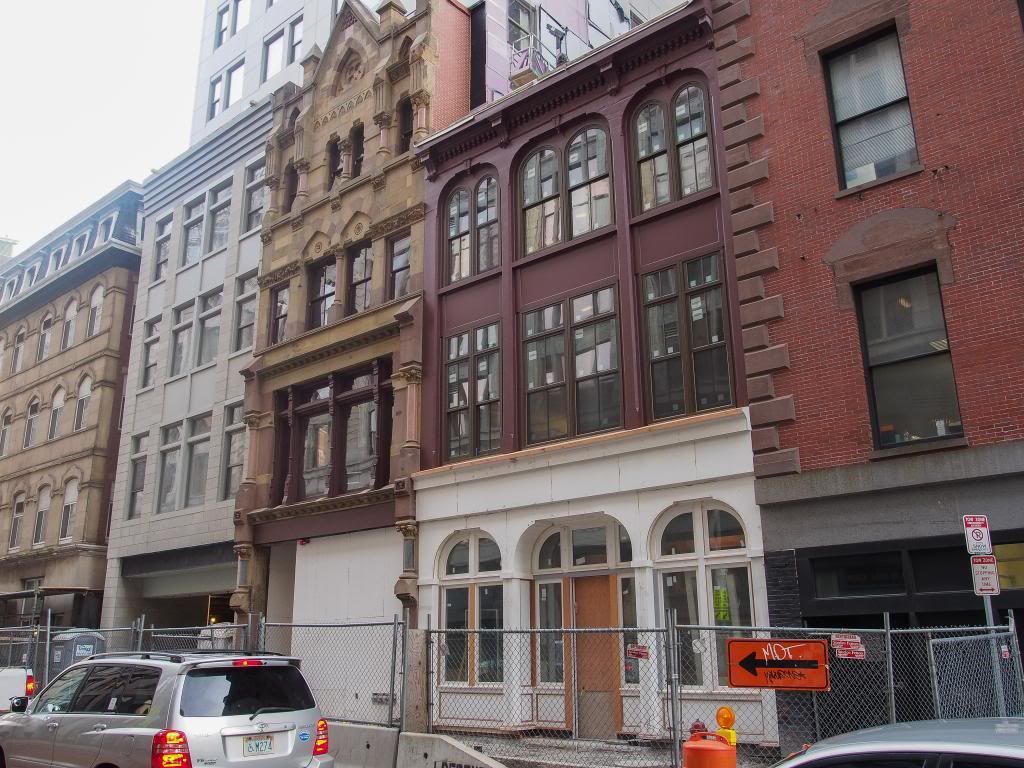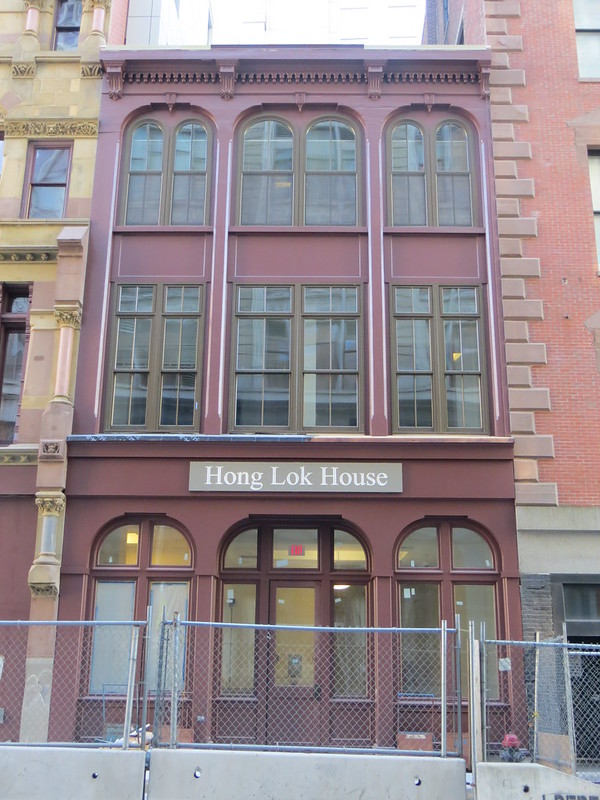Re: Hong Luk Project - Chinatown
Architecture as a profession has undergone a few major transitions over the course of history.
Architecture as we know it did not really exist until just before the dawn of the industrial age. It was typically a hodgepodge of highly trained craftsmen, engineers, or a person within the elite who designed buildings, with the actual construction and perhaps even detailing left up to the actual builders (who may or may not have been involved with the initial design). It would vary place to place based on tradition. During the 18th century the profession became a bit more defined, as there were go-to people who were desired for their skills and style.
As the profession began to become more refined throughout the late 1700s and early 1800s a debate began to rise as to what, exactly, the role of an architect was. The two schools of thought were torn between whether an architect was analogous to an artist (painter, sculptor, poet), or more similar to an engineer, and what the implications and responsibilities of either choice would be for this newly defined profession.
The most drastic change started in the late 1920s but really started to roll from the 50s into the late 70s. The former method of becoming an architect was to learn it as a trade; that is you apprenticed under a practicing architect for many years until you were competent enough to hold your own. It was in many ways similar to how one became (and still becomes) a master mason, carpenter, etc.
The change from apprenticeship to the modern form of going to an accredited college to obtain a degree happened to coincide with the widespread adoption of theories pushed by Le Courbusier and his compatriots. These theories as to how to design were taught to almost the entire current practicing field of architects, and is still held with near biblical stature at nearly every college in the western world, despite the increasing amount of flaws in these design practices that we have been uncovering since their conception.
This is the reason I changed my major from architecture to historic preservation. While I still intend to build many new structures, it allowed me to study and understand the craft of those who built on centuries of accumulated knowledge, versus that of the Modernists who threw everything from Egypt onward out the window in favor of their unachievable utopian ideal of how society should live and be structured. I don't know if Data got a similar taste, or would like to elaborate.
So in short, you cant just blame the architects. For the most part, they don't know any better.



